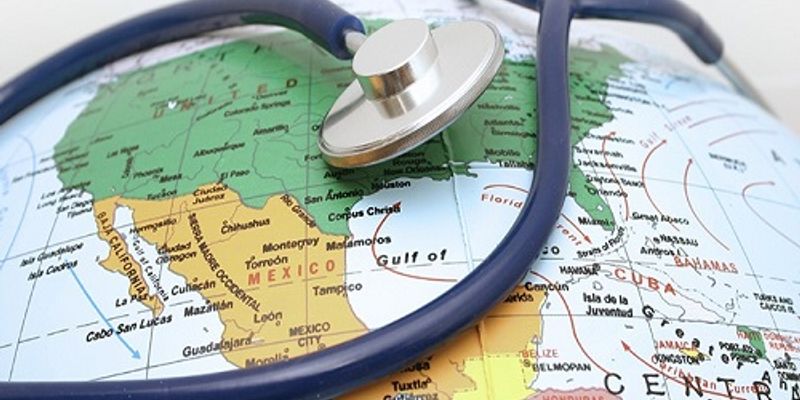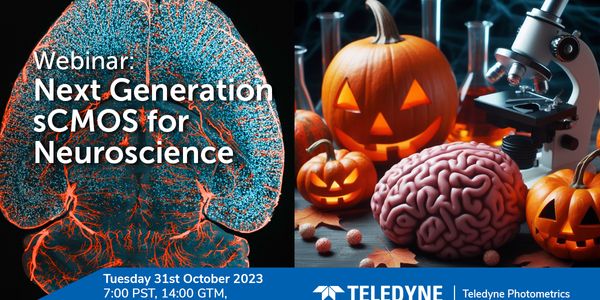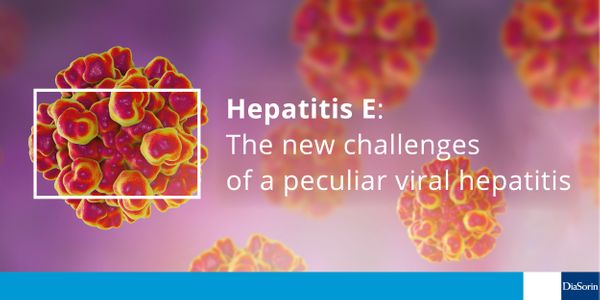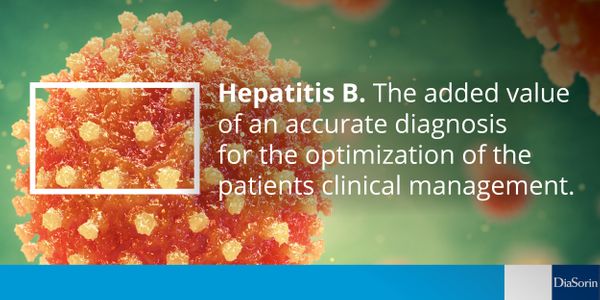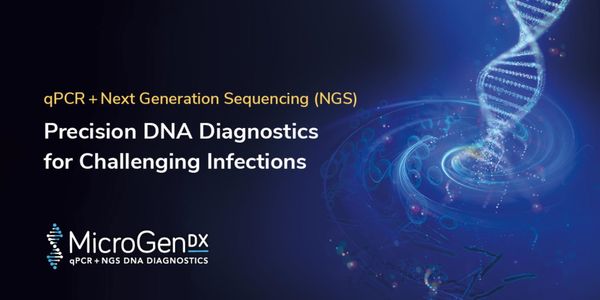Travel Medicine
Travel Medicine: a branch of medicine that specializes in diseases and conditions that are acquired during travel. Travelers to different countries should be aware of the potential for acquiring diseases and injury which are not common in their own country. Immunizations, preventative medications, and general precautions should be considered prior to trips to different parts of the world.
-
JAN 31, 2024 | 8:00 AMQuantum Imaging is a new and developing field that involves the application of quantum physics phenomena to develop new imaging technologies and methodologies for scientific research. We are...NOV 29, 2023 | 8:00 AMLight-sheet microscopy is a rapidly developing field thanks to the numerous benefits and vast number of implementations when imaging with a light sheet. However, these benefits are best real...OCT 31, 2023 | 7:00 AMNeuroscience focuses on the study of the nervous system: a highly complex, dense, and organized network stretching across the whole body of most organisms. Due to this neuroscience can be a...FEB 15, 2023 | 7:00 AMDate: February 15, 2023 Time: 7:00am (PST), 10:00pm (EST), 4:00pm (CET) While not all microscopy samples can fluoresce, all can scatter light, and this scattered light can be imaged. This ha...Speaker: Philipp Kukura , Francesco Reina , Matthew Kose-Dunn , Phil AllenSponsored By: Teledyne PhotometricsSEP 08, 2022 | 1:00 PMDate: September 8, 2022 Time: 1:00pm PST, 4:00pm EST Recent pandemic related events have proven the value of fast, reliable surveillance testing results to protect worker health and saftey....AUG 24, 2022 | 7:00 AMDate: August 24, 2022 Time: 7:00am (PDT), 10:00pm (EDT), 4:00pm (CEST) Light field microscopy was first introduced in 2006, and allows users to capture the 4D light field within the microsco...Speaker: Matthew Kose-Dunn , Phil Allen , Liang Gao , Shu JiaSponsored By: Teledyne PhotometricsJUN 28, 2022 | 7:00 AMDate: June 28, 2022 Time: 3:00pm (BST), 4:00pm (CET), 9:00am (CST), 7am (PST) Light-sheet microscopy is an extremely versatile imaging technique with a vast range of implementations that are...Speaker: Prof. Ulrich Kubitscheck , Dr. Abhishek Kumar , Matthew Kose-Dunn , Phil AllenSponsored By: Teledyne PhotometricsJUN 03, 2021 | 6:00 AMDATE: June 03, 2021 TIME: 6:00am PDT HEV, with over 3 million clinical cases, 70,000 deaths, and 3,000 stillbirths, mostly in Asia and Africa, causing 3.3% of all deaths from viral hepatitis...DEC 11, 2020 | 7:00 AMDate: November 16, 2020 Time: 7:00am (PST), 10:00am (EST) Join us for a webinar to learn about quality control (QC) regulations, setting the proper QC strategy/design, and troubleshoot SARs...Speaker: Sten Westgard, MS , Sharon Ehrmeyer, PhD, MT (ASCP)Sponsored By: Technopath Clinical Diagnostics USANOV 16, 2020 | 7:00 AMDate: November 16, 2020 Time: 7:00am PDT So far, it has been estimated that 2 billion individuals have been infected by hepatitis B virus (HBV). Among them, 250 million have developed a chro...NOV 02, 2020 | 8:00 AMDate: November 2, 2020 Time: 8:00am PST. Rapid and accurate microbial diagnostic information can change treatment courses and outcomes for patients inflicted with infections. The limitation...This lecture will encompass the learning experience I have had over my 14,000 RALP cases. We will present an evidence based prospective data collection and analysis of RALP outcomes. We will...
While global demand for food is expected to increase significantly (70% by 2050), the agricultural industry is suffering from a decline in soil fertility, the adverse effects of climate chan...
Speaker:
Brajesh Singh
While live cell imaging offers advantages over traditional static imaging, this approach has been challenging for studying microbes due to the difficulty in tracking very small cells in a si...
Speaker:
Cindy Chen, PhD
In Pacific Northwest watersheds several species of Pacific salmonid fishes are hosts for the rhabdovirus infectious hematopoietic necrosis virus (IHNV). In this multi-host ecosystem speciali...
In this webinar, we will present QIAGEN CLC Genomics Workbench and its utility for bacterial isolate identification, strain discrimination using core genome multi-locus typing (cgMLST) and d...
Speaker:
Jonathan Jacobs, PhD
Learning Objectives: 1. Understand the challenges of extracting DNA from human samples for microbiome analysis, and learn about the best technologies for accomplishing this 2. Learn about pr...
Speaker:
Dominic O'Neil, MS, MBA
Enigmatic and often vilified, viruses are now known to play important and possibly indispensable roles in the biology and ecology of cellular organisms. Evidence of viral impacts are everywh...
Congenital CMV is the most frequent infectious cause of neonatal malformation in developed nations. It is more prevalent than other neonatal conditions such as spina bifida and Down syndrome...
Speaker:
William Rawlinson, PhD
